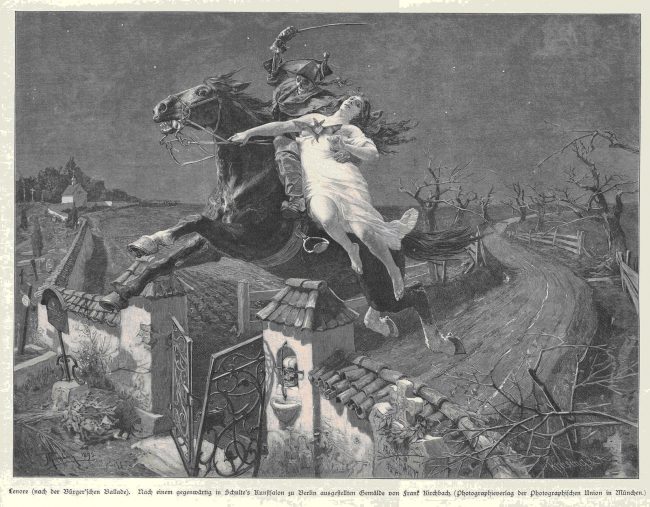How Horses Play a Prominent Role In Gothic Fantasy
In the middle of the spooky season, most people are craving some creepy and dark reads or movies that will fill their Gothic passion. On the other hand, we are always are on the lookout for some dark fantastical elements, regardless of the season. So it is a plus to know your components of traditional Gothic literature.
Horses are not only the protagonists of fantastic races that move lots of money for those who are betting online. They are amazing creatures and animals who have a deep symbolism in literature and fiction. Take a look at how Gothic culture uses this symbol throughout its existence.
What is Gothic Fantasy?
Gothic literature emerged in the late 18th century in Europe, and such genre is characterized by passionate emotion-pleasure, with a combination of terror alike, dark scenery, eerie atmosphere, and other spooky elements that add many different layers to this category.
Gothic Fantasy is usually described as a sub-genre of both Gothic and gothic fiction, and since the genre adds a lot of freedom, it is hard to pin down a strict definition. Gertrude Barrows Bennett known by the pseudonym Francis Stevens is probably the artist who pioneered the sub-genre of gothic fantasy.
There is a strong connection with gothic horror, and many gothic horror movies or books are often categorized as gothic fantasy. In other words, this sub-genre should be bloodier, creepier, and more shadowy than your usual gothic movies or books.
However, in order to dig a bit deeper into this rapidly growing sub-genre, we have to take a closer look at some of the elements that must be included in Gothic Fantasy.
Main Elements of Gothic Literature
Haunted Setting
As we mentioned before, gothic fantasy novels or movies should be creepier than others, and there is no better way of painting a darker picture than involving a haunted setting. A location, old castle, abandoned houses, or enchanted monasteries that involve haunted settings play a crucial role in Gothic literature.
In most cases, we see the protagonist trapped in such a place, either by a villain or a supernatural being, and it is almost impossible to find a way out.
Horses
There is a strong connection between Gothic novels and stories and animals, particularly horses. They’ve played a prominent role in several gothic creations just because they are more than just animals to the main characters.
Horses carry meanings from their owner’s journeys and personal lives. In most cases, they are common the common glue for rebuilding relationships between characters.
On the other hand, they have the exact opposite role in hands of a villain or evil supernatural force, usually described as fearless beasts that will stamp anything in their path.
Horses have always been a popular symbol in history, especially in the Romantic period in Europe and America, where the rider’s appropriation of the horse’s body as an extension of his own usually signals his masculine dominance over the natural world.
Animals in Gothic fantasy movies can add more depth, spookiness, and beast flavor that can be scarier than anything else. Since Gothic fiction was first established as a genre back in 1764, at a time when horses served a vital purpose for humans, they were the most included animals in Gothic Fiction novels.
Now horses can be found in many Gothic-themed paintings, architecture, movies, and novels. In most cases, horses are possessed by an evil spirit that causes and they have a supernatural appearance, something new for the Gothic genre at that time.
Supernatural Forces
Gothic fantasy novels or movies cannot go without supernatural forces such as vampires, giants, monsters, ghosts, demons, or zombies. They are another key element of Gothic literature making and in the majority of Gothic novels, we see such supernatural beings hunting down the protagonist.
A lot of Emotion
Gothic stories are melodramatic, which means that characters involved in the Gothic genre put out emotional extremes by sobbing, screaming, frightening, raging, and swooning. To some people, this might be too much, but at the end of the day, this is what makes this genre different from others and the emotional spike in Gothic creations makes them even more popular.
Protagonist as Anti-Hero
Another key element for Gothic fantasy is the protagonist, which in most cases is a male character, as an anti-hero. He is usually the main focus of the story, and at the same time, many Gothic fantasy pieces try to add the monstrous elements of his personality.

inspired by Lenore poem by Gottfried Augus, artwork by Johann Frank Kirchbach (bat additional)
Related Posts:
Tags: anti-hero, dark horse, gothic literature, horse, horses, literary, supernatural
